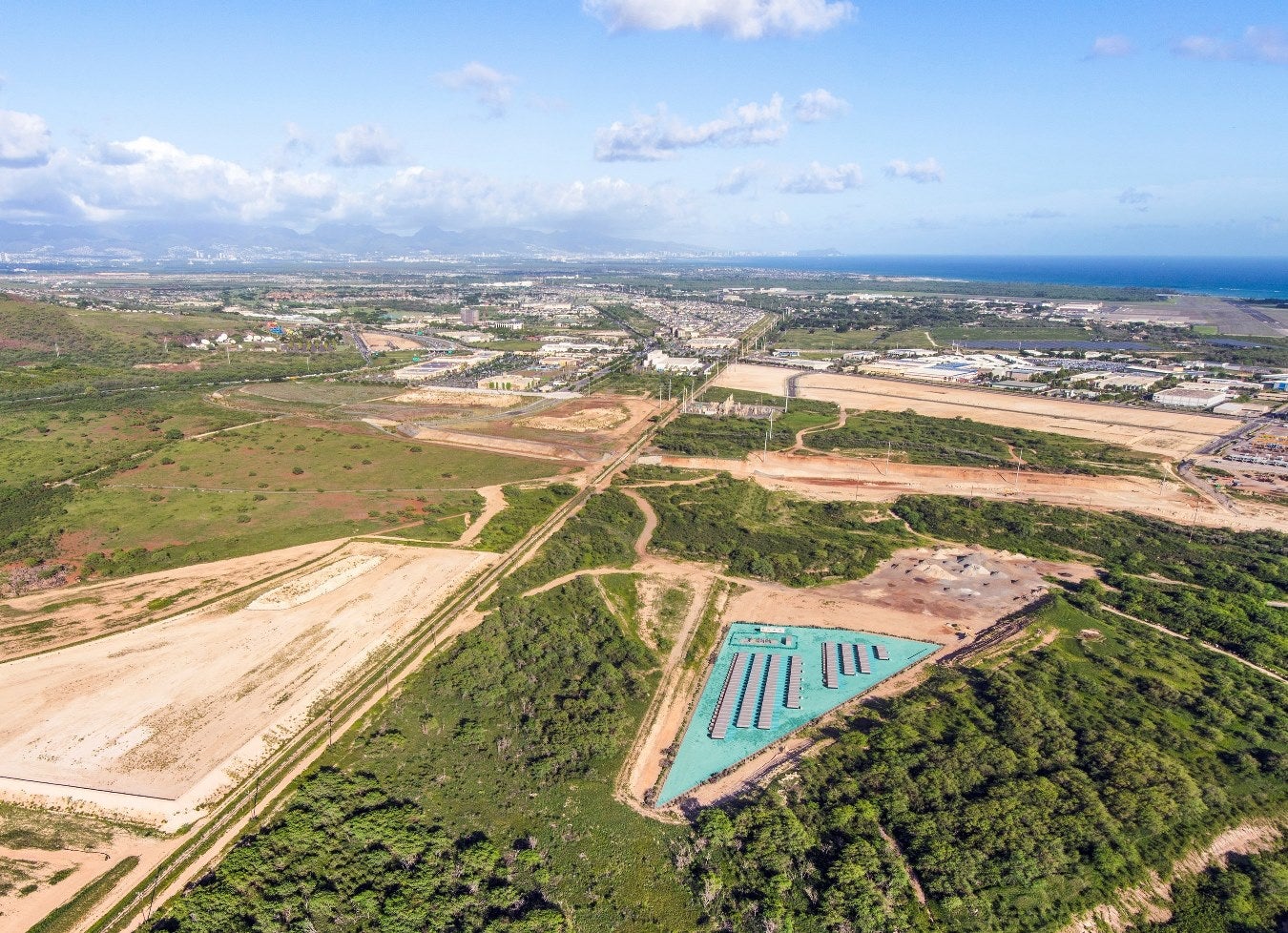
Plus Power, an American utility-scale battery energy storage developer, announced that its 185MW/565MWh Kapolei Energy Storage project (KES) has been selected by Hawaiian Electric.
The selection was part of Hawaiian Electric’s transition to renewables and follows the second phase of a competitive RFP process in which 16 renewable energy and battery storage projects were selected across three islands.
Plus Power’s KES project will be located in Kapolei on the island of Oahu and is claimed by the developer to be the largest battery storage project selected by the Hawaii-based utility.
Powered by lithium-ion battery, the project will be located on eight acres of land in the Kapolei Harborside industrial project, where it will interconnect at one of Hawaiian Electric’s substations.
The 185MW/565MWh KES project could be completed by June 2022
Expected to be completed in June 2022, the project will offer load shifting and fast-frequency response services to the utility, enhancing its grid reliability and accelerating renewable integration into the grid.
The commissioning of the energy-storage project is expected to ensure the closure of AES coal plant, the last remaining coal-fired generation plant in Hawaii, which will end operations in September 2022, supporting the state’s goal to opt out of fossil fuels and generate 100% of its energy from renewable resources.
Plus Power lead developer Bob Rudd said: “Plus Power is honored and excited to work with Hawaiian Electric to implement this ground-breaking project. At 185 MW/565 MWh, the KES project will provide the scale necessary to transition away from coal and to accelerate Hawaii’s path toward 100 percent renewable energy.
“We look forward to working closely with all stakeholders to realize this project and deliver its economic and environmental benefits to the people of Oahu.”
Subject to approval from Hawaii Public Utilities Commission, the construction on the KES project is anticipated to begin by next summer. The project is expected to significantly contribute to local taxes and create local construction and operations jobs.





